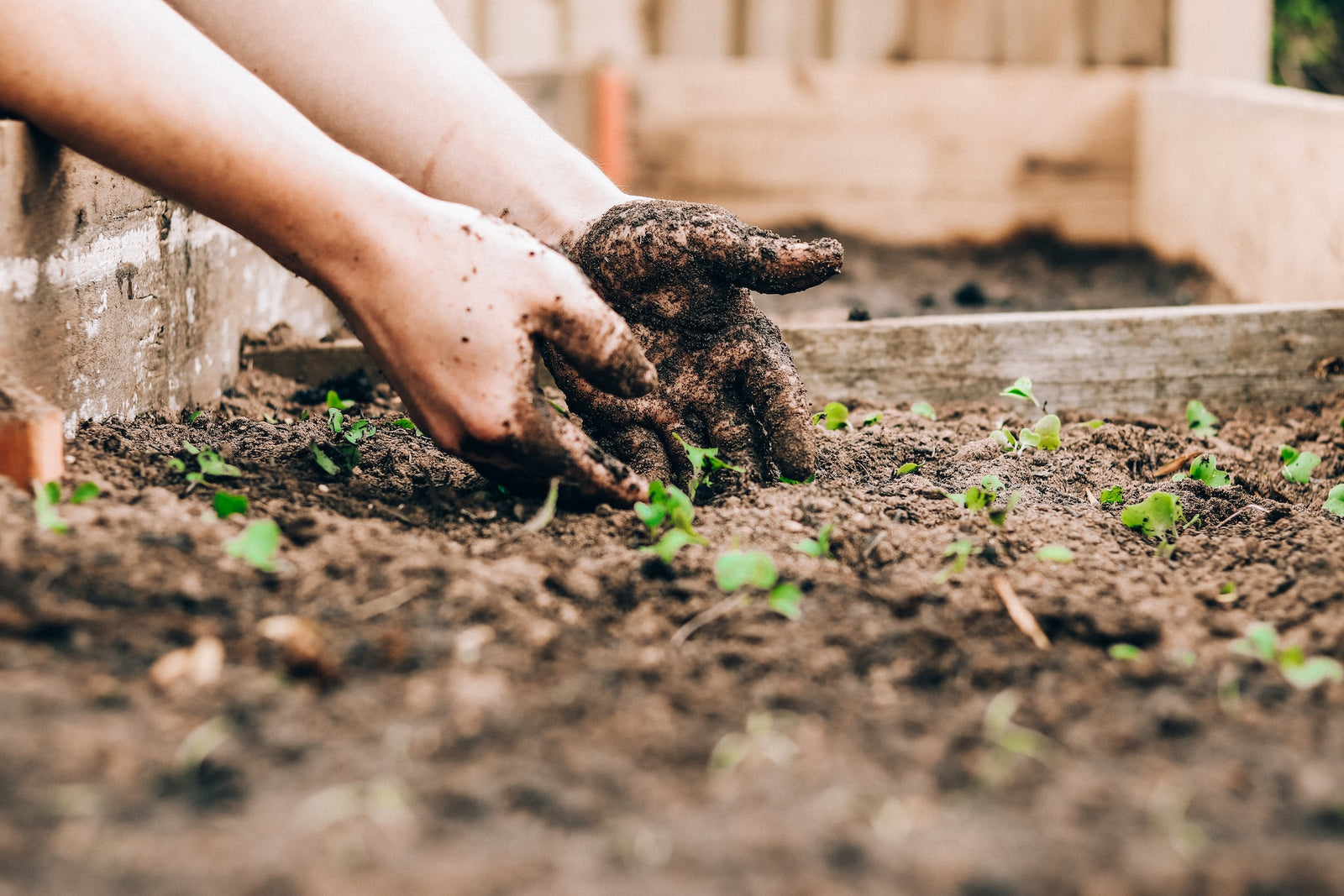Your Cart is Empty
Add description, images, menus and links to your mega menu
A column with no settings can be used as a spacer
Link to your collections, sales and even external links
Add up to five columns
Add description, images, menus and links to your mega menu
A column with no settings can be used as a spacer
Link to your collections, sales and even external links
Add up to five columns

Getting Ready to Transplant Outdoors!
June 06, 2023 2 min read
Bringing your indoor-grown plants to the outdoor garden is an exhilarating step in your gardening journey. However, to ensure a smooth transition and successful growth, it's essential to focus on the health and well-being of your plants prior to transplanting. In this blog post, we will explore the crucial steps involved in preparing your outdoor garden for transplanting, with a special emphasis on the importance of having healthy plants and the role that grow lights play in achieving optimal plant health.

Assessing Plant Health
Before transplanting your indoor-grown plants, it's vital to assess their overall health. Healthy plants are more likely to adapt well to the outdoor environment and continue thriving. Look for signs of vibrant foliage, strong stems, and robust root systems. Ensure that your plants are free from pests, diseases, or nutrient deficiencies. If any issues are present, address them promptly to improve the chances of successful transplanting.

Gradual Acclimation
Transferring plants from an indoor environment to the outdoor garden can be a shock to their system due to differences in temperature, light intensity, and humidity. To help plants adjust, practice gradual acclimation. Start by placing them in a sheltered spot outdoors for a few hours each day, gradually increasing their exposure to outdoor conditions over the course of a week or two. This process helps plants adapt to changes in light, temperature, and other environmental factors.

Timing and Weather Considerations
Choosing the right time to transplant is crucial for the health and survival of your plants. Wait until the risk of frost has passed, and the soil has warmed up sufficiently for optimal root growth. Additionally, monitor weather conditions and avoid transplanting during extremely hot or windy periods. Aim for a day with mild temperatures and overcast skies to minimize stress on your plants during the transition.

Preparing the Soil
Well-prepared soil is the foundation for healthy plant growth. Ensure that your outdoor garden soil is well-draining, rich in organic matter, and suitable for the specific needs of your plants. Clear away any weeds or debris from the transplanting area, and consider adding compost or other organic amendments to improve soil fertility. This creates a favorable environment for the newly transplanted plants to establish and thrive.

Supplemental Lighting with Grow Lights
Indoor-grown plants often receive consistent and controlled lighting conditions, thanks to the use of grow lights. To maintain optimal plant health during the transition, consider supplementing natural sunlight with grow lights in your outdoor garden. By providing a stable light source, especially during periods of limited sunlight, grow lights can help prevent stress and ensure healthy growth. Position the grow lights appropriately, considering the specific light requirements of your plants.

Watering and Care
Proper watering and care are essential for the success of transplanted plants. Water the plants thoroughly before transplanting to ensure they are well-hydrated. After transplanting, monitor the moisture levels in the soil, and water as needed, taking care not to overwater. Continue to provide appropriate care, including fertilization, pest management, and pruning, to support the plants' growth and development.
Subscribe
Sign up to get the latest on sales, new releases and more …


